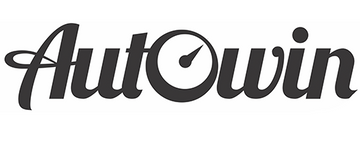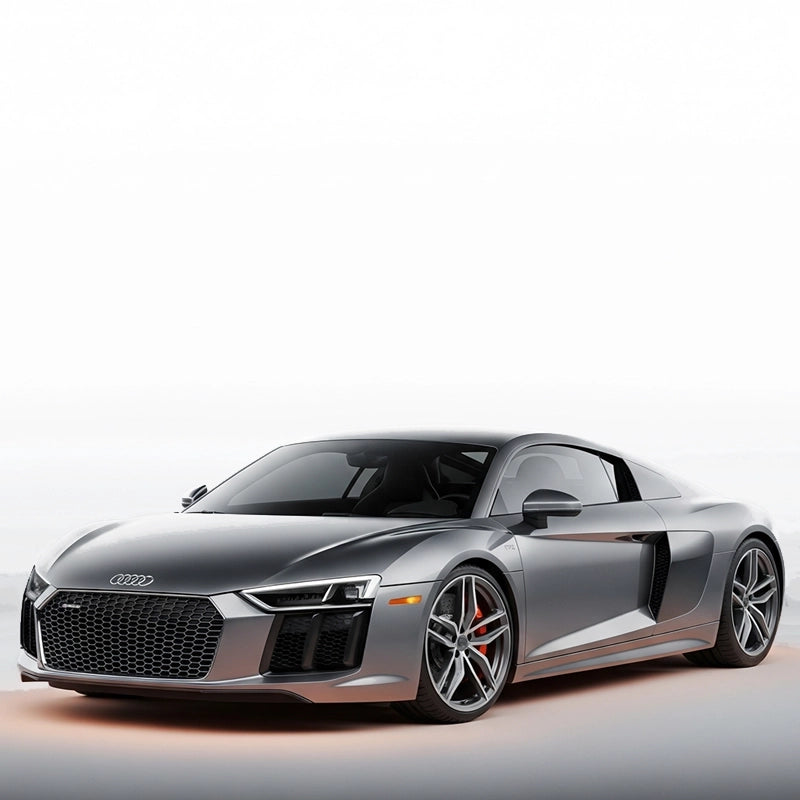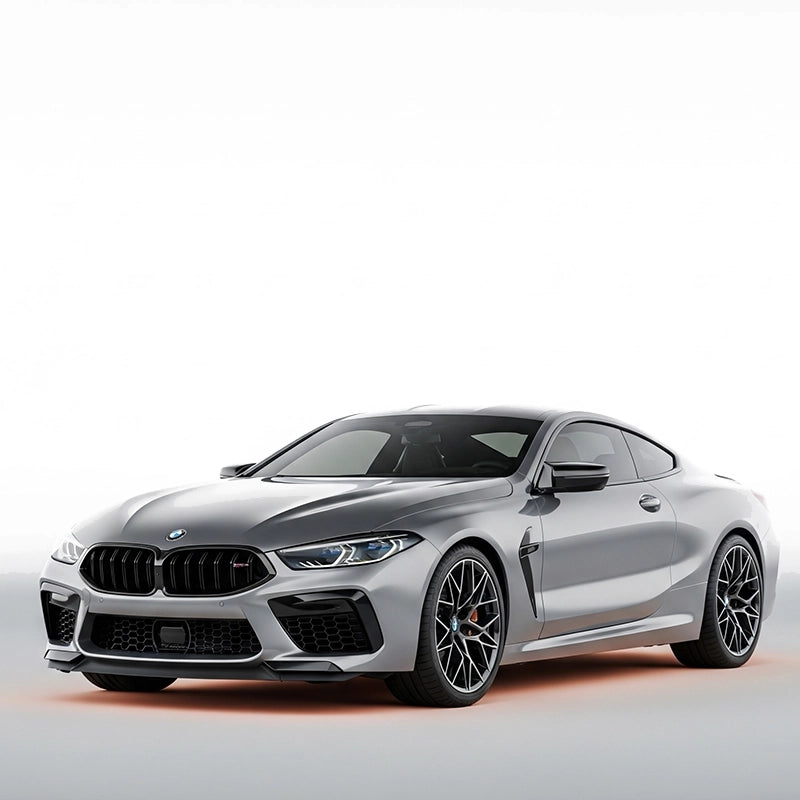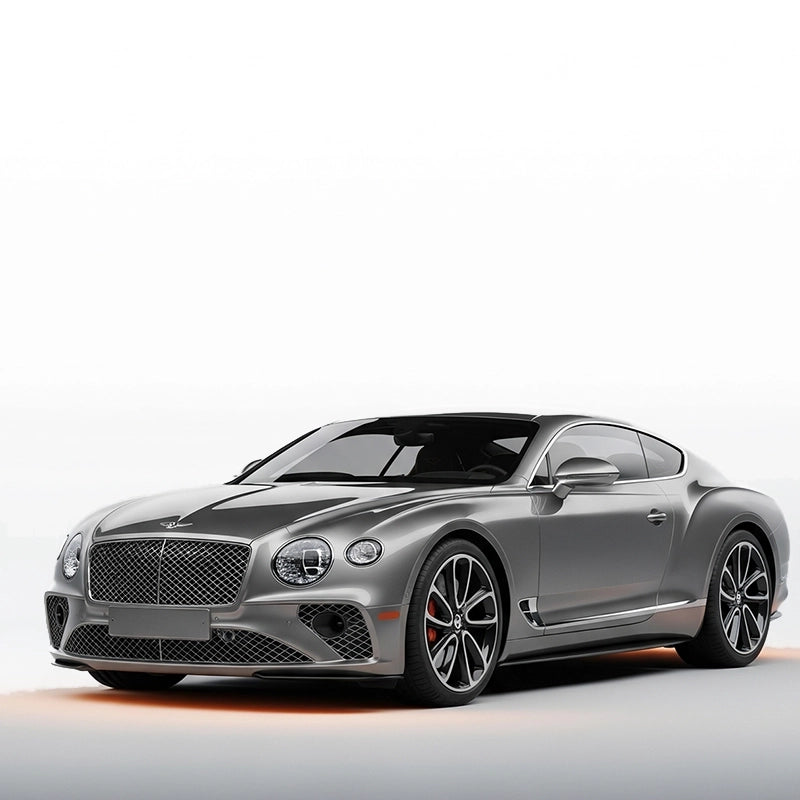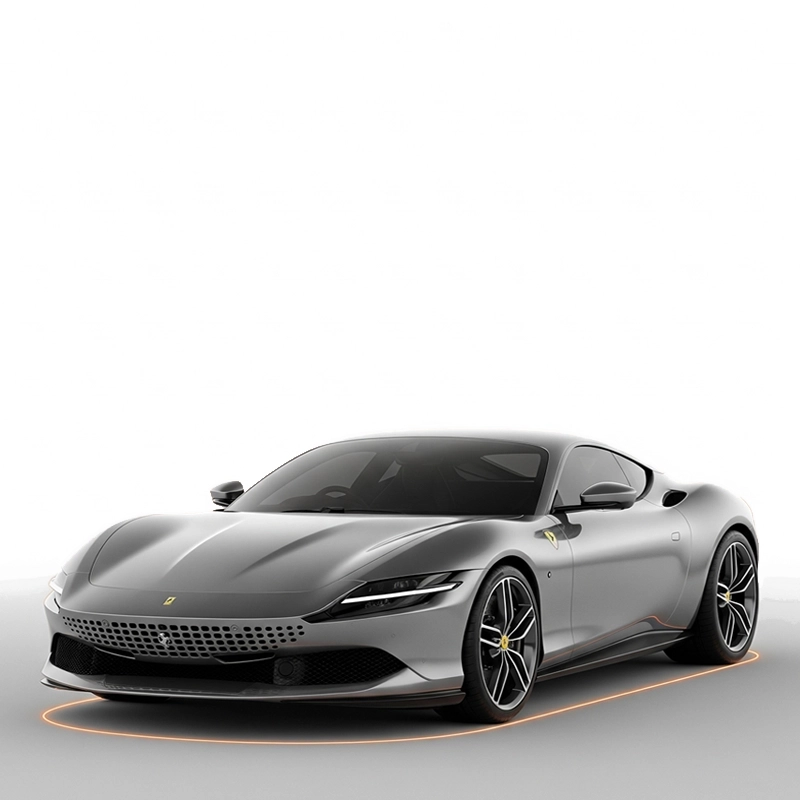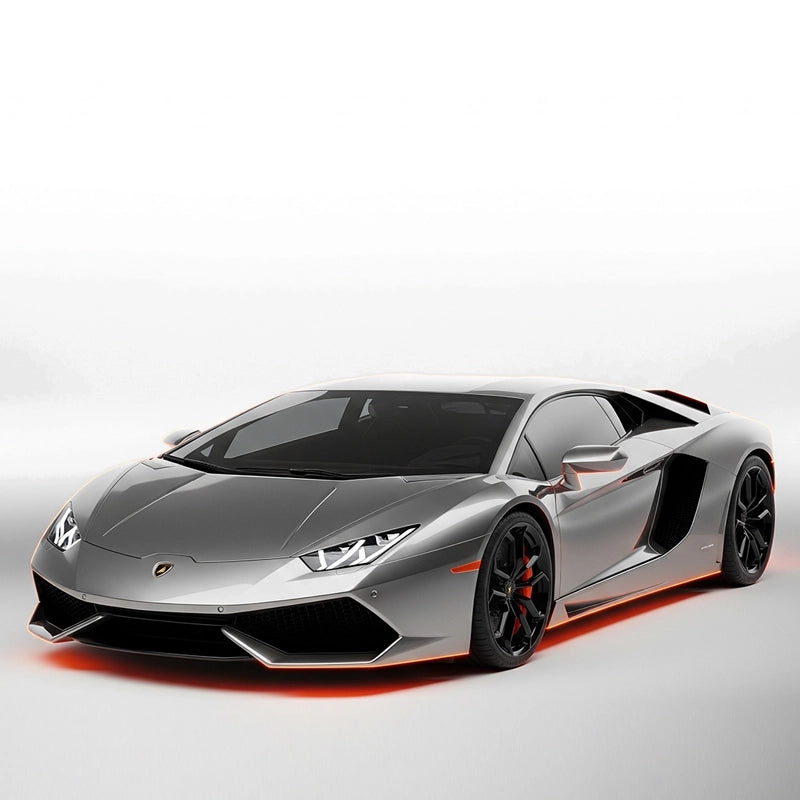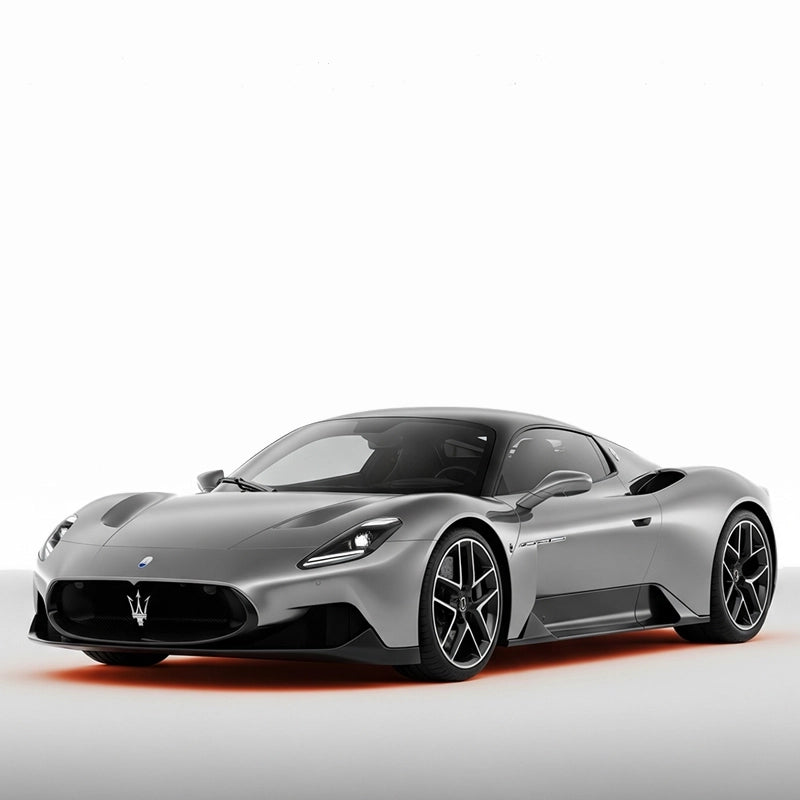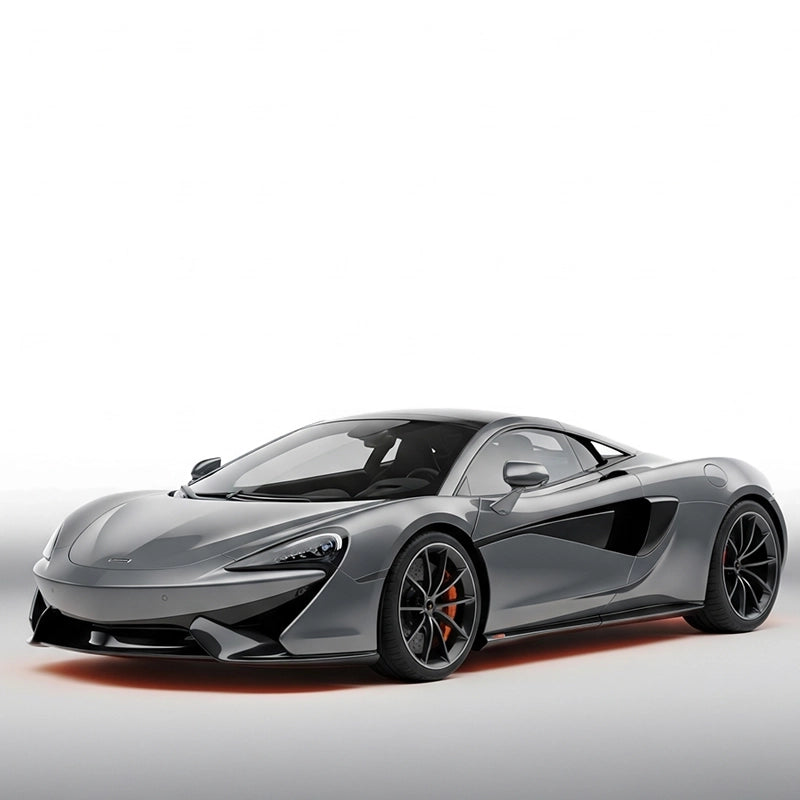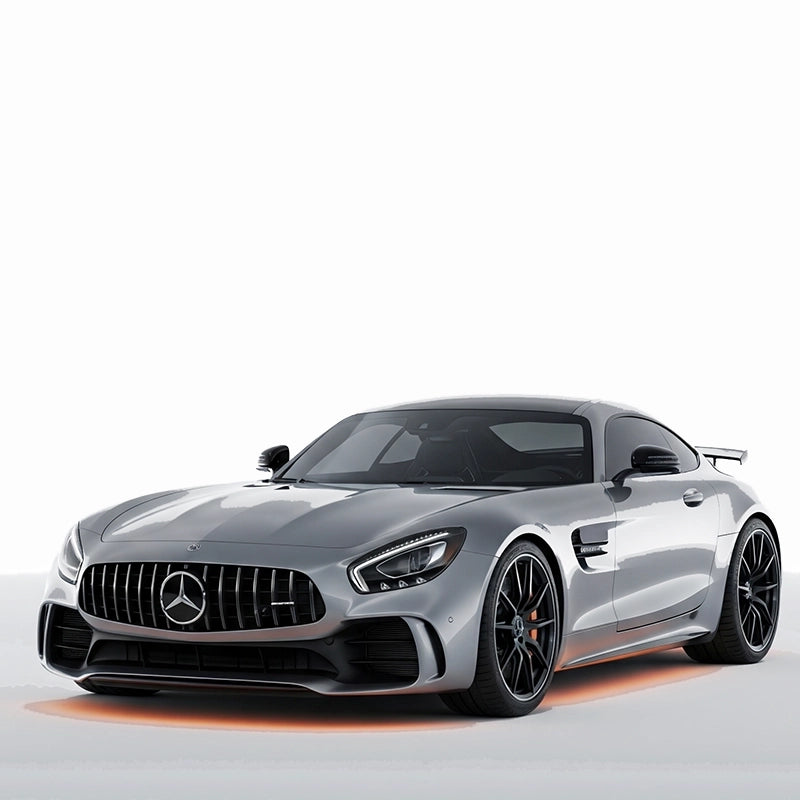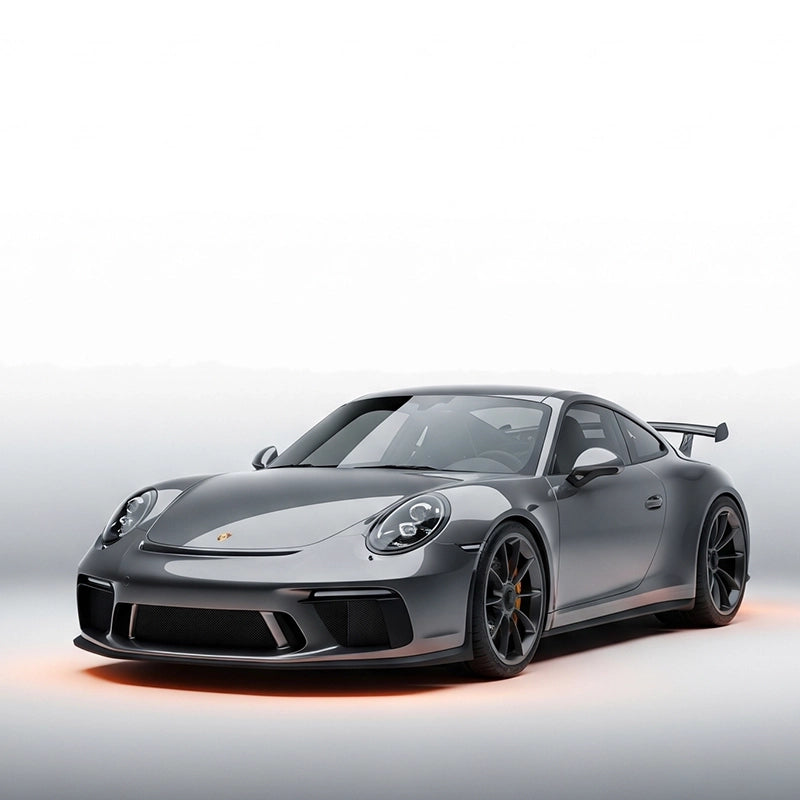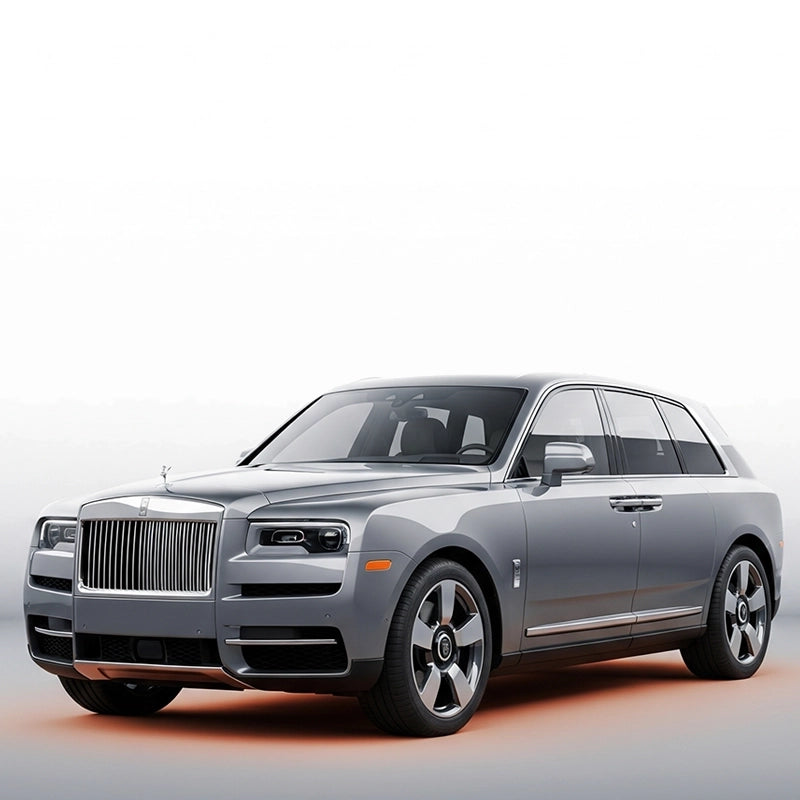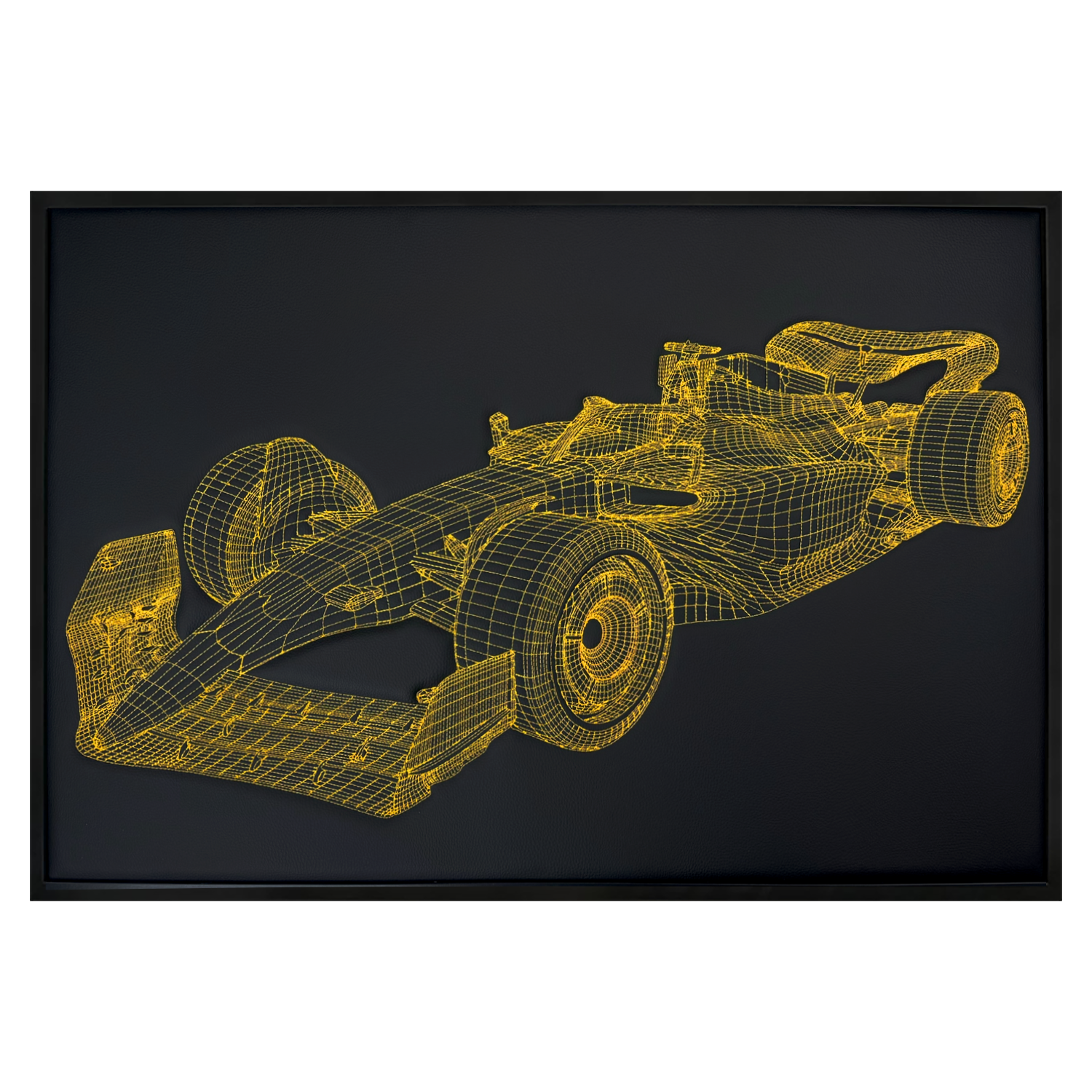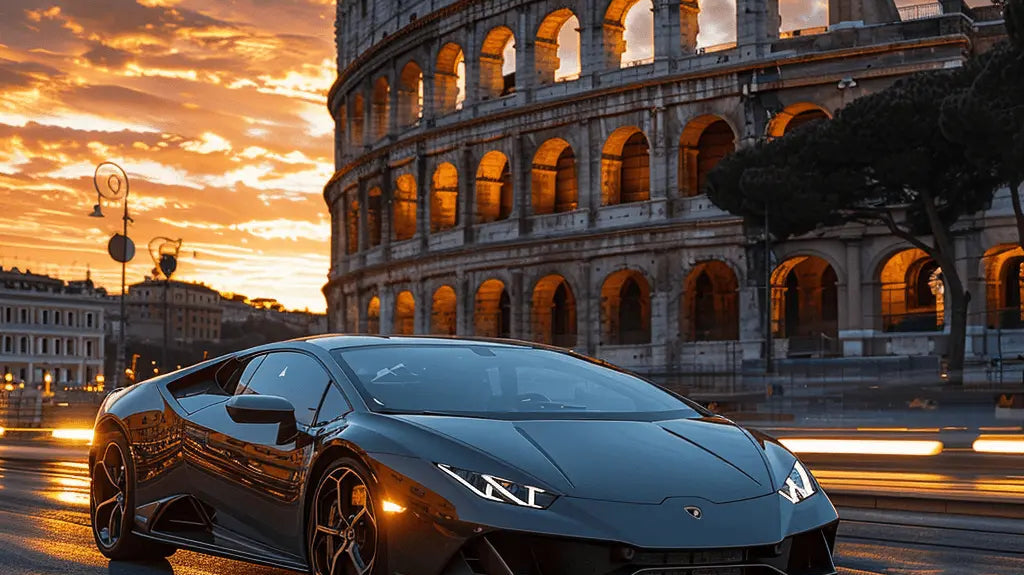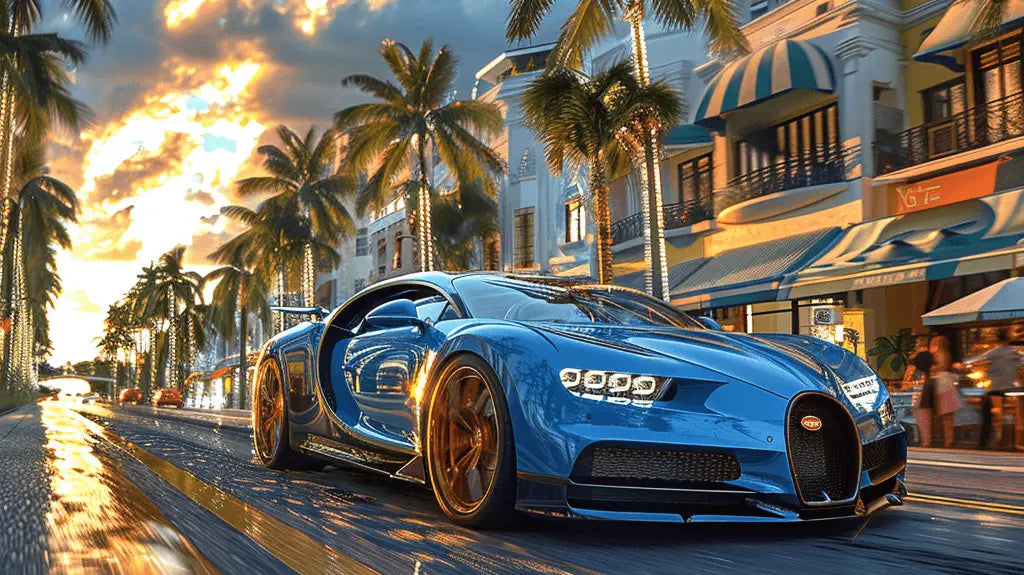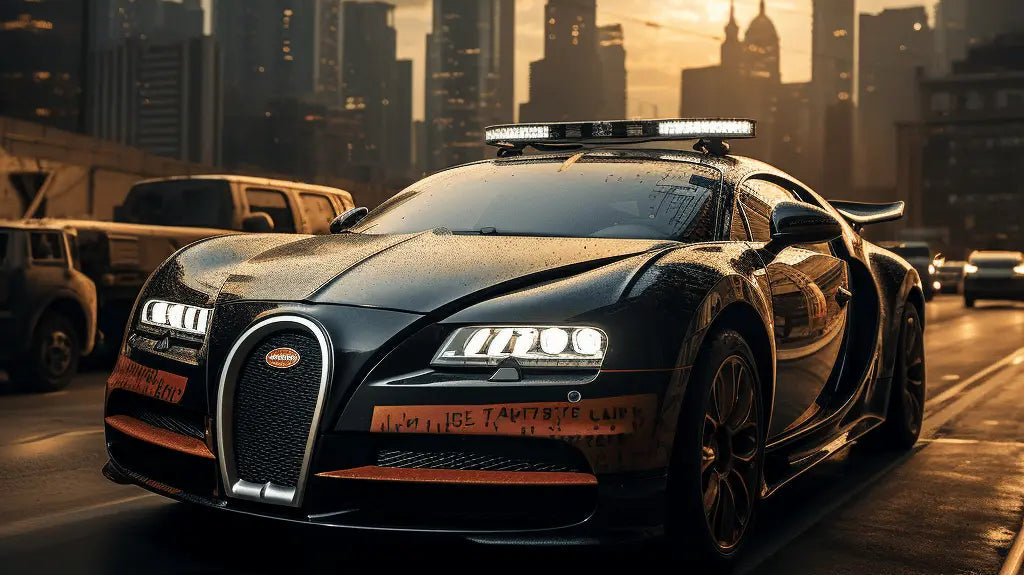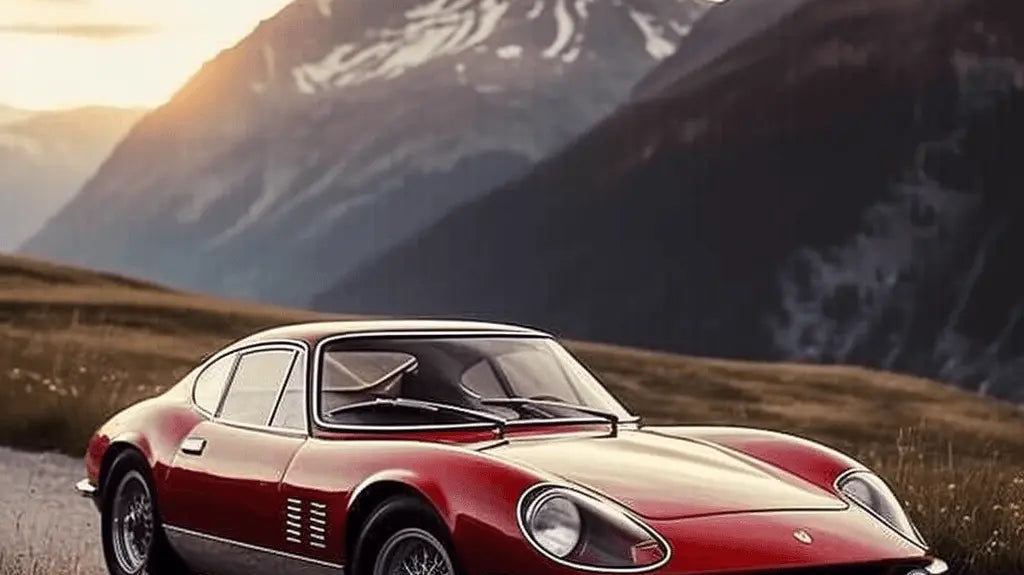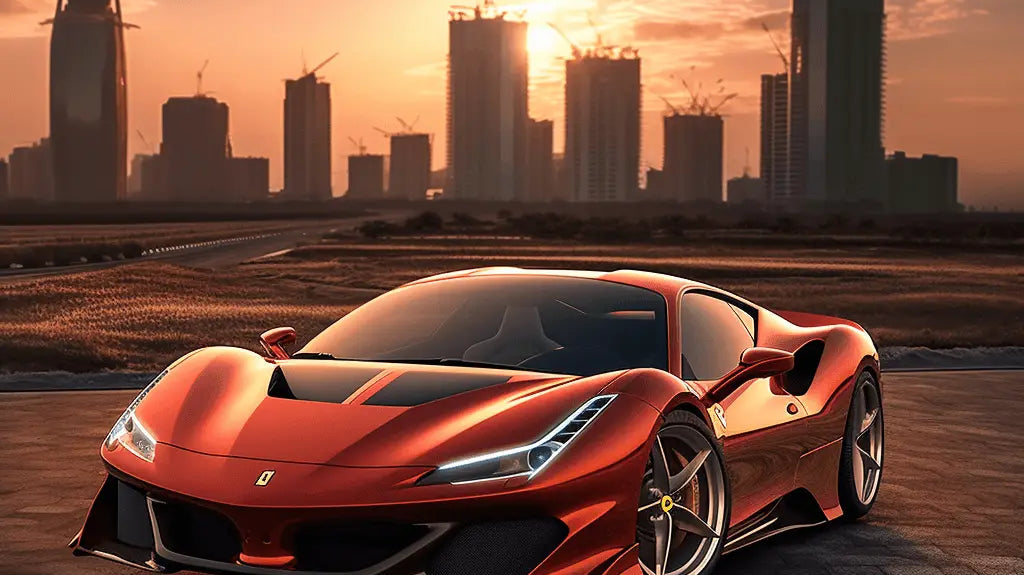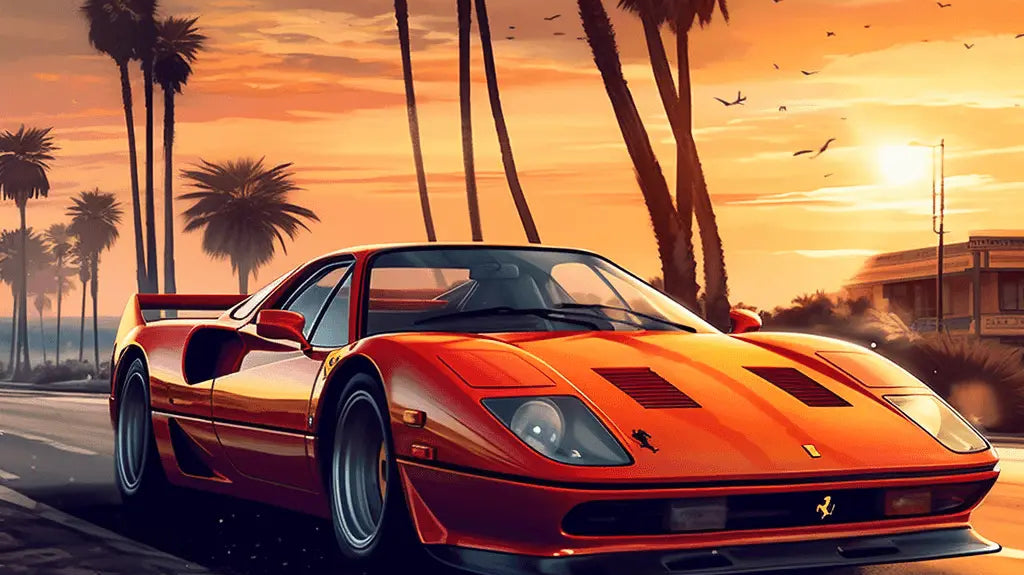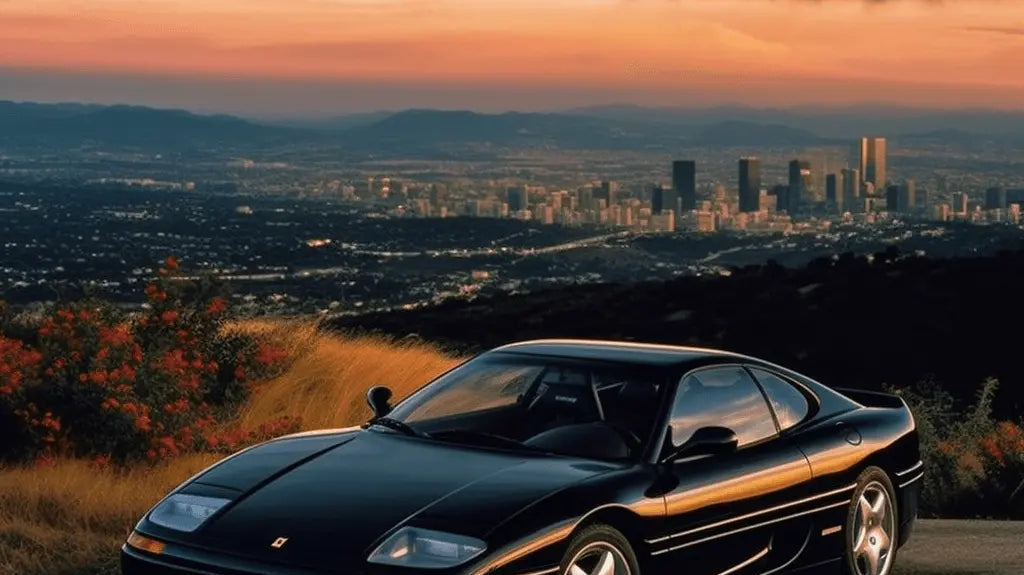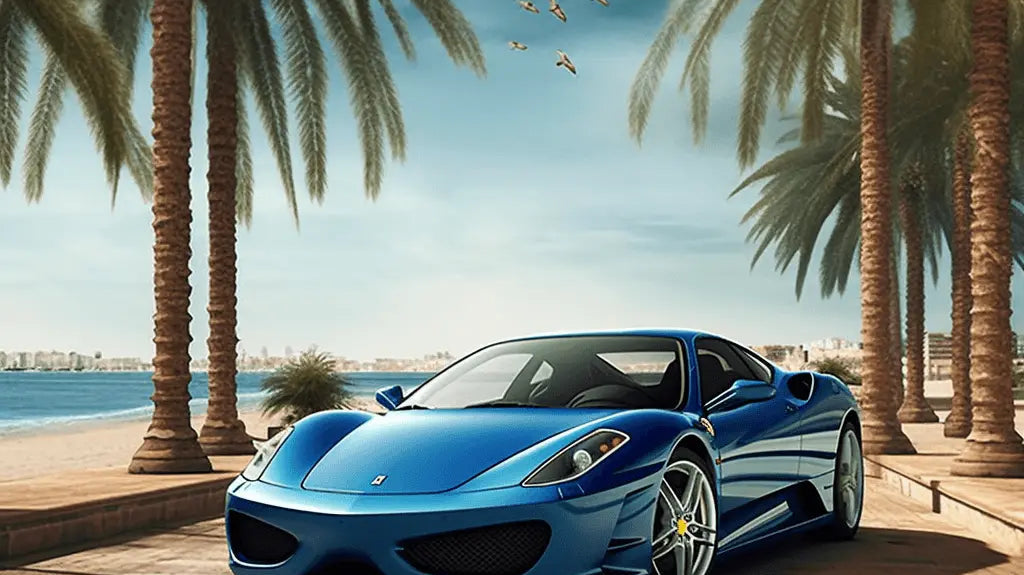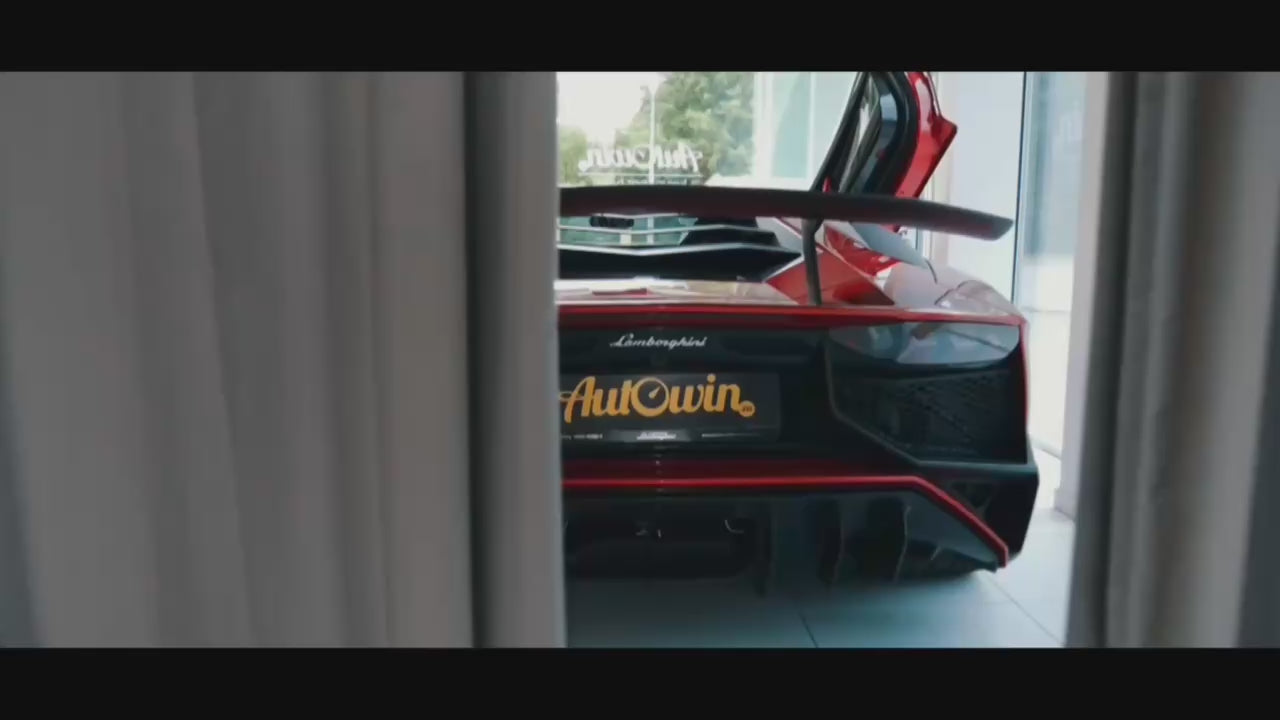Fiat’s Big Bet in 2014: How Fiat Chrysler Automobiles NV Came to Life
I still remember the day this one landed in my inbox. Early 2014, coffee going cold, and Sergio Marchionne—black sweater, no tie—was about to pull off the sort of corporate cross-Atlantic tango that gets Detroit and Turin buzzing. Fiat didn’t just buy the rest of Chrysler; it stitched together a new global player with one name on the badge: Fiat Chrysler Automobiles NV. And honestly, I wasn’t sure at first. Could an Italian specialist in compact cars and clever city runabouts really sync with America’s house of V8s and full-size trucks? A decade on, we know the answer was yes—messy at times, but yes.

The Road to Fiat Chrysler Automobiles NV
From rescue mission to full ownership
Rewind to 2009: Chrysler was on the ropes, and Fiat stepped in, taking a stake as part of a U.S. government-led restructuring. I was driving a Jeep Grand Cherokee on winter tires that year—great traction, questionable plastics—and you could feel a company in transition. Over the next few years, Fiat steadily added to its stake. Then, in January 2014, it bought the remaining shares, consolidating Chrysler as a wholly owned subsidiary. It wasn’t just a deal; it was a statement.
Why “NV,” why the UK, and why it mattered
Here’s where the chessboard gets interesting. The newly formed Fiat Chrysler Automobiles NV was legally structured in the Netherlands (“NV”), with principal executive operations in the UK. The point wasn’t about passports—it was about global reach, access to capital, and signaling that this wasn’t an Italian brand cosplaying as an American one (or vice versa). It was a true global company, across time zones and tax codes.
What Made the Merger Click
Fiat Chrysler Automobiles NV: complementary strengths, not clones
- Fiat’s superpower: small and midsize cars, efficient powertrains, and deep roots in Europe and Latin America. I still grin thinking about a Fiat 500 Abarth tackling Roman cobbles like it was born there—because it was.
- Chrysler’s edge: North American scale, SUVs and trucks that yank boats for a living, and nameplates that sell themselves—Jeep, Ram, Dodge.
- Shared ambition: build a premium SUV lineup (hello, Grand Cherokee), refresh mainstream sedans, and expand compact platforms that could underpin everything from a city car to a small crossover.
On the road, it felt like this
When I tried early post-merger models on rough roads—think midwest frost heaves—what showed up first was the blending of hardware and know-how. Italian turbo-fours brought some pep to American platforms; American suspensions took the sting out of broken pavement in a way certain European city cars never could. Some infotainment systems were a step behind (Uconnect was clear but occasionally cranky), and interior quality varied by trim, but the direction of travel was obvious: better, broader, bolder.
Where FCA Fit in the Global Pack
Fiat Chrysler Automobiles NV vs. the world (2014 snapshot)
| Group | Core Strengths | Brands/Highlights | Global Footprint |
|---|---|---|---|
| Fiat Chrysler Automobiles NV | SUVs and trucks (NA), small cars (EU/LatAm), platform sharing | Jeep, Ram, Dodge, Chrysler, Fiat, Alfa Romeo, Maserati | Manufacturing in NA, EU, LatAm; leadership in off-road and compact city cars |
| Volkswagen Group | Scale, modular platforms, breadth from economy to ultra-luxury | VW, Audi, Porsche, Skoda, SEAT, Bentley, Lamborghini | Strong in EU and China, expanding EV ecosystem |
| General Motors | Full-size trucks/SUVs, NA scale, tech investment | Chevrolet, GMC, Cadillac, Buick | Dominant in NA, key presence in China |
The Human Side of a Corporate Logo
What owners felt, not just what investors saw
Talk to Jeep families I’ve met at trailheads and you’ll hear the same thing: the product cadence picked up. Jeeps got smarter interiors. Rams got cabins quiet enough to hear your kids arguing in the back about who stole the headphones. And that quirky charm? Fiat kept it—especially in the 500 and 500L—though I’ll admit the seating position in the 500L never quite clicked with me. Too bus-driver, not enough café-racer.
Fiat Chrysler Automobiles NV and the product playbook
- Platform sharing: fewer unique parts, faster time-to-market. It’s like cooking with the same base sauce, then adding local spice.
- Brand clarity: Jeep = go-anywhere, Ram = tow-anything, Fiat = city-smart, Alfa/Maserati = emotive performance and luxury.
- Global reach: Europe, North America, Latin America—FCA played in all three with genuine intent.
Where It Led—and What Remains
Fiat Chrysler Automobiles NV laid the runway
The merger wasn’t just a moment; it was a launch pad. FCA proved that an Italian city-car specialist and America’s truck-and-SUV heavyweight could live under one roof and make it work. Later on, it set the stage for something even bigger: the birth of Stellantis. But that’s another story—and another cup of coffee.
Elevate Your FCA Cabin with AutoWin
Whether you’re dailying a city-sized Fiat or rolling a family-friendly Chrysler, a few smart accessories go a long way on messy school runs and weekend trail escapes.

What I recommend
- Custom-fit floor mats: Worth it if you see snow and mud. They trap the gunk and look tidy doing it.
- Interior add-ons: Seat covers and steering wheel wraps can freshen a well-used cabin faster than detailing.
- Exterior protection: A decent cover keeps paint happier if your street parking sits under sappy trees. Ask me how I know.
Conclusion: The Legacy of Fiat Chrysler Automobiles NV
Fiat Chrysler Automobiles NV wasn’t born to be a footnote. It was a bold, slightly risky fusion that created a true global player out of two very different cultures. From compact city cars to heavy-hauling pickups, the merged company delivered products that felt more focused and more competitive. Some quirks remained—because cars with personality always have quirks—but the mission held. And for owners, that meant more choice, better cabins, and a wider parts bin to keep everything on the road.
FAQ: Fiat Chrysler Automobiles NV
-
What is Fiat Chrysler Automobiles NV?
It’s the company formed in 2014 when Fiat acquired the remaining shares of Chrysler, creating a single global automaker. -
Where was FCA headquartered?
FCA was incorporated in the Netherlands (NV) and operated with principal executive functions in the United Kingdom, reflecting its global footprint. -
Which brands were under FCA?
Jeep, Ram, Dodge, Chrysler, Fiat, Alfa Romeo, and Maserati. -
What did the merger change for customers?
Faster product cycles, improved interiors, broader model choices across regions, and better platform sharing across brands. -
What happened to FCA later?
FCA later merged with PSA Group to form Stellantis, one of the world’s largest automotive groups.
